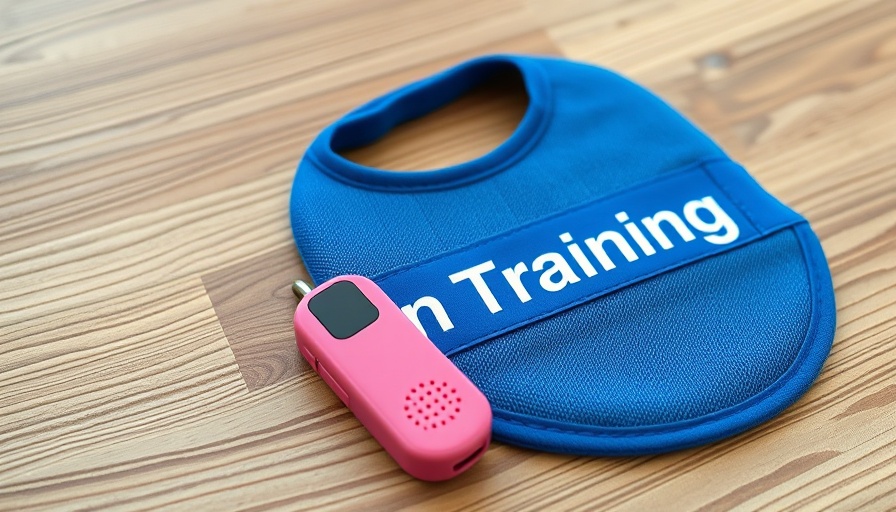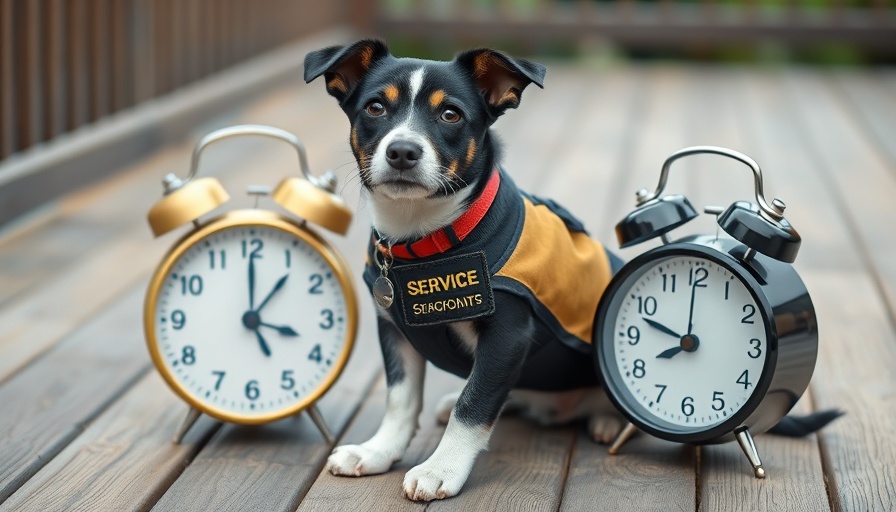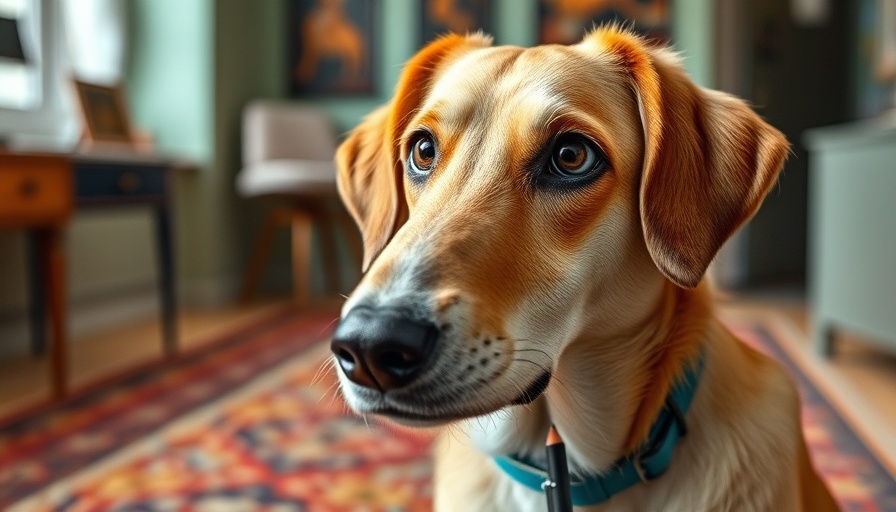
Understanding the Challenges of Service Dog Encounters
As the world becomes increasingly pet-friendly, service dog handlers face new challenges resulting from encounters with reactive dogs. These situations can be particularly stressful, potentially leading to emotional distress and behavioral issues for service dogs when they encounter other dogs, especially those that are reactive. Addressing these encounters proactively is essential for maintaining the safety and well-being of both the service dog team and other animals.
Rewarding Focus: The Power of Positive Reinforcement
A pivotal strategy for service dog handlers is the reinforcement of checking-in behavior. By rewarding service dogs with treats when they ignore other dogs or check in with their handler, the dogs learn to form a positive association with the presence of unfamiliar animals. This form of classical conditioning helps them focus on their handler, promoting calmness in potentially distracting environments.
Practicing Movement Patterns for Safety
Service dog handlers can also train their dogs to enhance their ability to create distance from reactive dogs. Developing movement patterns such as making a U-turn or sidestepping can provide handlers with quick and effective ways to navigate away from potential threats while considering their mobility needs. Properly adapted strategies can empower handlers with disabilities to manage encounters without losing control over their service dogs.
Visual Barriers: Natural Shields for Protection
One practical approach is utilizing environmental features as visual barriers during encounters. Objects like trees, benches, and even the handler's own equipment can help to obscure the view between the service dog and the reactive dog, reducing stress and potential trigger points. Training service dogs to focus attention on their handlers rather than the distractions around them can further safeguard against negative reactions.
Rehearsal: Practice Makes Perfect
To prepare for real-life encounters, service dog handlers can create rehearsal opportunities that simulate meeting reactive dogs. By utilizing controlled settings—potentially with battery-operated toys acting as stand-ins for other dogs or involving trained volunteers—handlers can refine their responses and strategies. Being well-practiced in potential scenarios ensures that handlers can respond calmly and effectively even under stress.
A Broader Perspective: Understanding Reactive Behaviors
Understanding the reasons behind a dog's reactivity can inform how handlers respond. Dogs may react out of fear, frustration at being restrained, or a desire to engage with others. Educating handlers on these motivational factors not only fosters empathy but equips them with the knowledge needed to address the situations more effectively. Notably, refraining from punitive measures can lead to more constructive outcomes by fostering a better learning environment.
Implementing Strategies in Real Life
Utilizing positive reinforcement, practicing movement, creating visual barriers, and rehearsing are all vital strategies for service dog handlers facing reactive dogs. By planning ahead and employing these techniques, handlers can approach potentially stressful encounters with increased confidence, ultimately enhancing the experience not just for themselves but for their service dogs as well.
Service dog handlers, while navigating their unique challenges, must remember that proactive preparation can significantly improve the quality of their interactions in public spaces. Committing to training and rehearsal can create a safer environment for all involved. While we cannot always eliminate the risk of encountering a reactive dog, developing a strategic approach will lead to better management of these situations.
 Add Row
Add Row  Add
Add 




 Add Row
Add Row  Add
Add 

Write A Comment